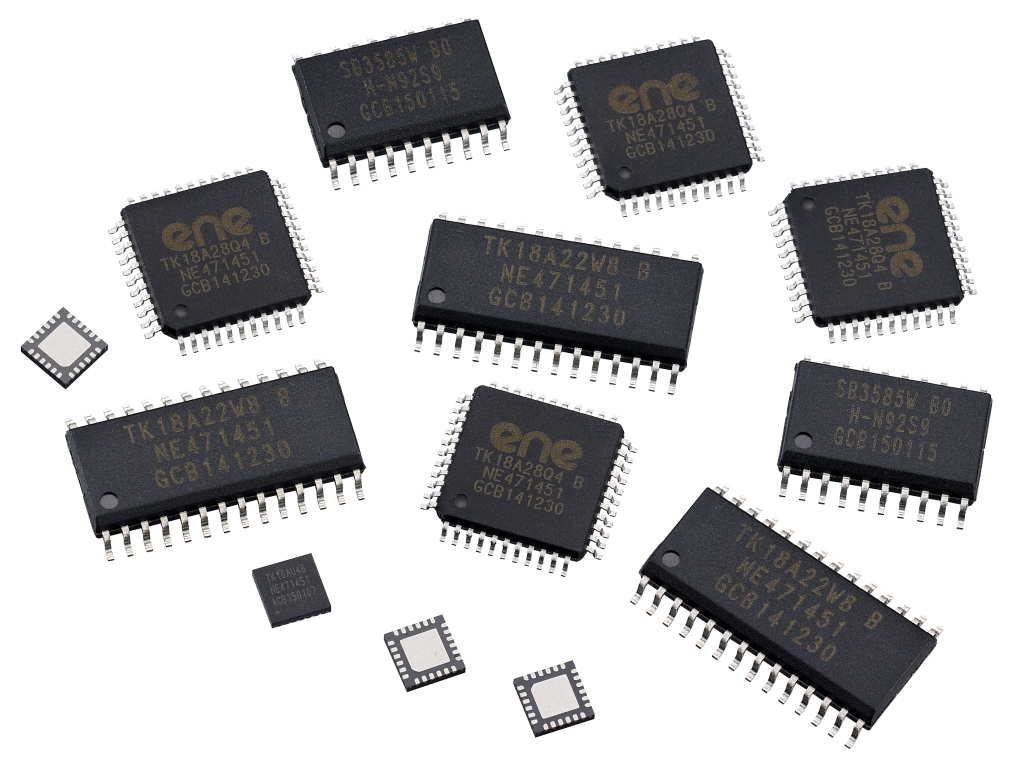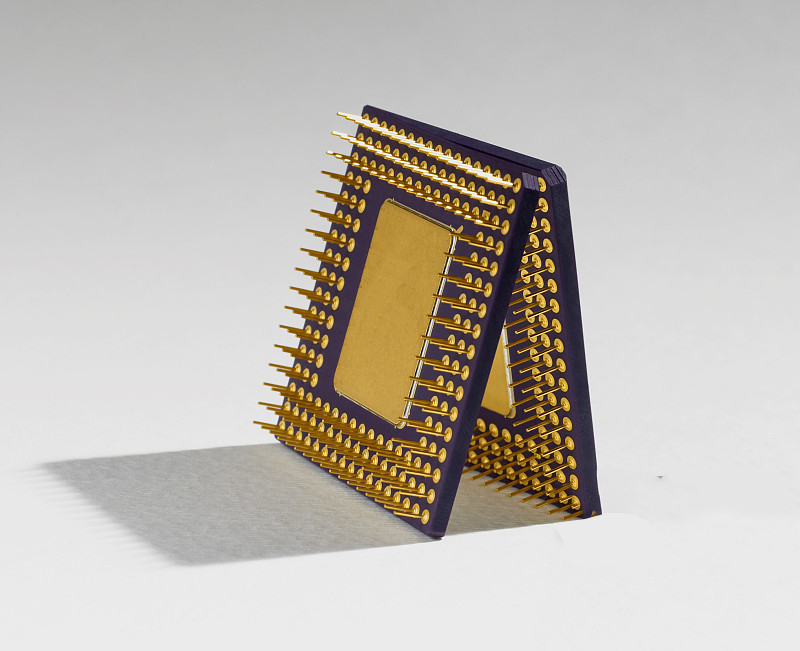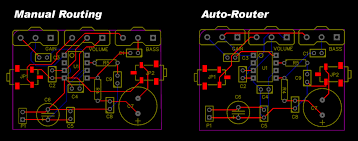About us
FASTPCBA Co.,Ltd
-
 Building 1, Senyang Electronic Technology Park, Guangming High-tech Park, Yutang Street, Guangming District, Shenzhen City.
Building 1, Senyang Electronic Technology Park, Guangming High-tech Park, Yutang Street, Guangming District, Shenzhen City.
-
 F:86-13418481618
F:86-13418481618
-
 pcba13@fastpcba.cn
pcba13@fastpcba.cn
 date:2019-04-23 15:01:00
date:2019-04-23 15:01:00
How to check and avoid short circuit on PCB
One of the most troublesome problems encountered in product maintenance is the short circuit. The short circuit damage to PCBA is quite large, ranging from burning components to PCBA scrapping. We should try our best to avoid the short circuit, and grasp every step of production, and not miss every suspicious point.
1. If it is manual welding, it is necessary to develop a good habit. First, visually inspect the PCB board before soldering, and use a multimeter to check whether the critical circuit (especially the power supply and the ground) is short-circuited. Second, each time the chip is soldered. Use a multimeter to measure whether the power supply and ground are short-circuited. In addition, do not fling the soldering iron during soldering. If the solder is thrown onto the solder foot of the chip (especially the surface mount component), it will not be easy to find.

2. Care must be taken when soldering small-sized surface-mount capacitors, especially power supply filter capacitors (103 or 104), due to large quantity which are easy to cause short-circuit between power supply and ground. Of course, sometimes the luck is not good, the capacitor itself is short-circuited, so the best way is to check the capacitance before soldering.

3. If there is a BGA chip, since all the solder joints are invisible by the chip cover, and it is a multi-layer board (more than 4 layers), it is best to separate the power of each chip at the time of design, using magnetic beads or 0 ohm resistor to connect so that when the power supply and ground is short-circuited, disconnecting the magnetic bead to detect and it is easy to locate a certain chip. Because the BGA is difficult to solder, if it is not the machine's automatic soldering, the adjacent power supply and ground solder balls will be short-circuited with a little care.

4. Open the PCB diagram on the computer, illuminate the short-circuited network, and see where it is closest to the easiest to connect. Pay special attention to the internal short circuit of the IC.

5.Found a short circuit. Take a board to cut the line (especially suitable for single/double board secant, each part of the function block is energized separately, then partial exclusion
6. Use short-circuit positioning analyzer, such as: Singapore PROTEQ CB2000 short circuit tracker, Hong Kong Lingzhi QT50 short circuit tracker, UK POLAR ToneOhm950 multilayer board short circuit detector, etc.
 Building 1, Senyang Electronic Technology Park, Guangming High-tech Park, Yutang Street, Guangming District, Shenzhen City.
Building 1, Senyang Electronic Technology Park, Guangming High-tech Park, Yutang Street, Guangming District, Shenzhen City.
 F:86-13418481618
F:86-13418481618
 pcba13@fastpcba.cn
pcba13@fastpcba.cn